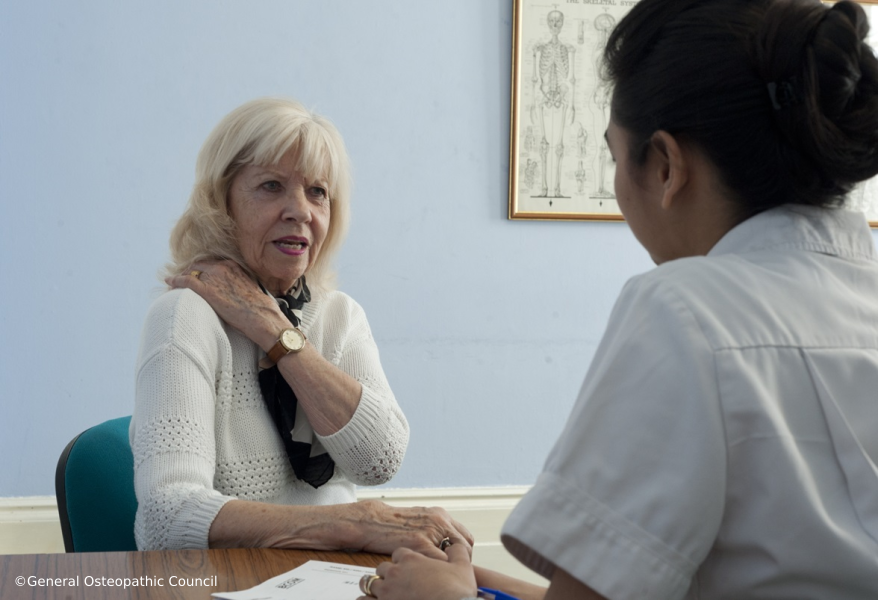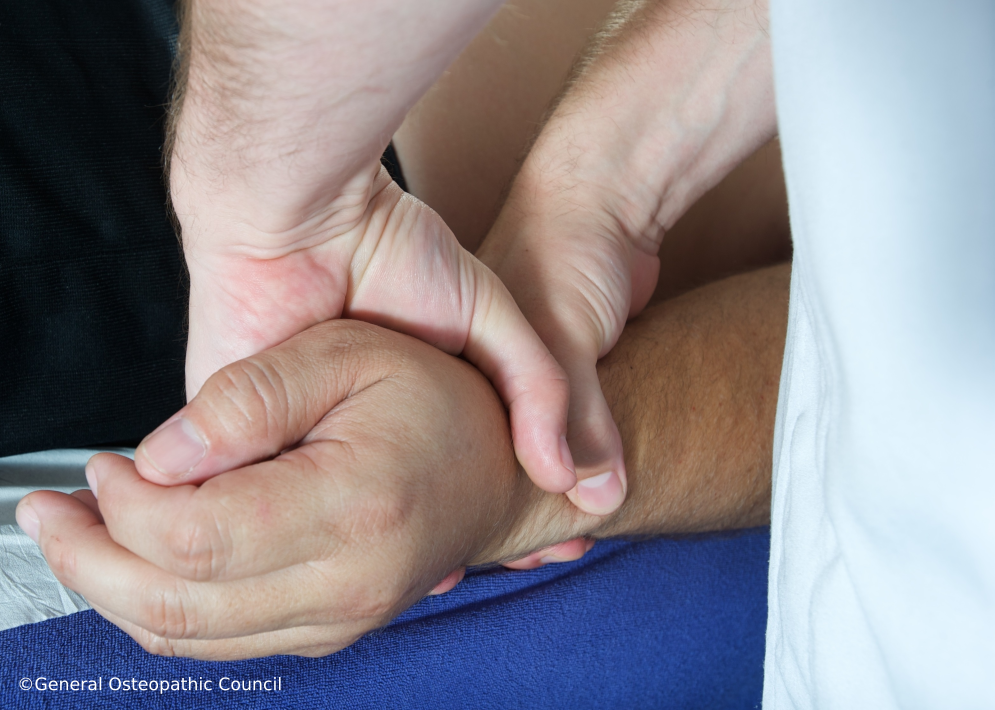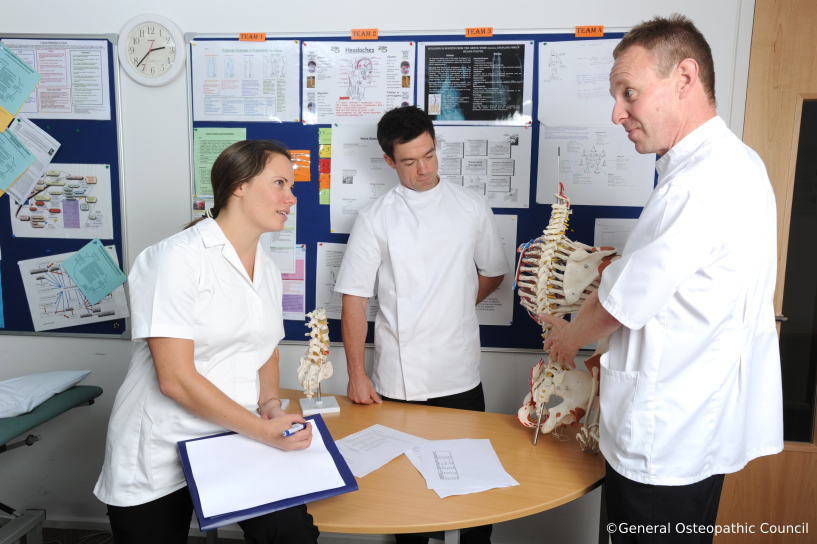When visiting an osteopath for the first time, it is normal to feel a little unsure of what to expect. This information is based on the current guidance from the professional body for osteopathy and is intended to help explain what happens and answer any questions you may have. If you have any other questions or concerns, please don’t hesitate to contact the practice by telephone or email.
Your Consultation
The first appointment usually takes up to 90 minutes, this allows enough time to thoroughly assess your problem and decide on the appropriate course of treatment. Follow-up appointments are up to 45 minutes (both of these timings include a few minutes for administration, payment, re-booking, etc).
Osteopaths are healthcare professionals who are specifically trained in diagnosing a range of health issues. At your first appointment, your osteopath will ask you questions about your symptoms, as well as your medical history and lifestyle. Although some of the questions may appear unrelated to your problem, they are important as they will help your osteopath to make an accurate diagnosis and suggest appropriate treatment.

Your osteopath will keep records about your health and the treatment they provide to you. This information will be treated as confidential in accordance with standards of practice set out by the General Osteopathic Council and the General Data Protection Regulations (GDPR).
Your osteopath will need to examine the area(s) of your body causing discomfort. Sometimes the underlying cause of the problem may be in a different area to where you feel the pain, (for example, pain in your arm may be linked to the nerves in your neck) so they may need to examine other areas of your body as well. They will need to feel for any tightness in the muscles and stiffness in the joints and may need to palpate (touch) these areas to identify problems. They will explain what they are doing as they go along.
If you are uncomfortable with any part of this, you have the right to ask them to stop at any stage, without prejudicing your future treatment.
What to Wear
As with any healthcare appointment, it may be necessary for your osteopath to ask you to remove some clothing. This is so they can see and palpate the areas of the body causing you concern. If you feel you may be uncomfortable undressing to your underwear, you might want to bring shorts to change into, ladies may wish to wear a sports bra or a small cropped gym top. Your osteopath will want you to feel at ease, so please do discuss this with them if necessary.
You are also welcome to ask a friend or relative to accompany you and be present for some or all of your appointment if you wish.
Your Treatment
After examining you, your osteopath will make a diagnosis and discuss the treatment recommended for you. This will usually involve some manual therapy – a range of hands-on techniques that focus on releasing tension, stretching muscles and mobilising joints. You may also be given some exercises that you can do at home, along with advice designed to help you relieve or manage any pain, keep active and maintain the best of health.

Treatment will usually begin at your initial appointment, but sometimes your osteopath may need to request further tests first, which may need to be arranged through your GP. Occasionally they may diagnose an illness that they are unable to treat and may need to refer you to your GP or another appropriate health professional.
Is Treatment Painful?
Osteopathic treatment is usually a reasonably gentle process. Osteopaths work very hard to make treatment as painless as possible, but you may still experience some mild discomfort during and after treatment. Your osteopath will warn you if they think that the technique that they are about to use is likely to be uncomfortable and will stop immediately if you tell them that you are feeling too much pain.
Following treatment, you may experience some mild soreness in the area of the body that was treated, this will normally resolve within 48 hours or less. If you experience serious or unusual symptoms after treatment, you should contact your osteopath straight away for advice.
You may wish to visit the Frequently Asked Questions page for more information about treatment.
Training and Regulation
You can be confident that your osteopath has the highest level of training and expertise, and will provide a safe and effective diagnosis and treatment for you. In the UK, the osteopathic profession is regulated by the General Osteopathic Council and osteopaths are trained to degree level, taking a minimum of four years, including over 1000 hours of contact time with patients.

Osteopaths are also recognised by the NHS as Allied Health Professionals (putting them alongside occupational therapists, paramedics and radiographers, amongst others) and play a critical role in the diagnosis, treatment and care of people of all ages.
